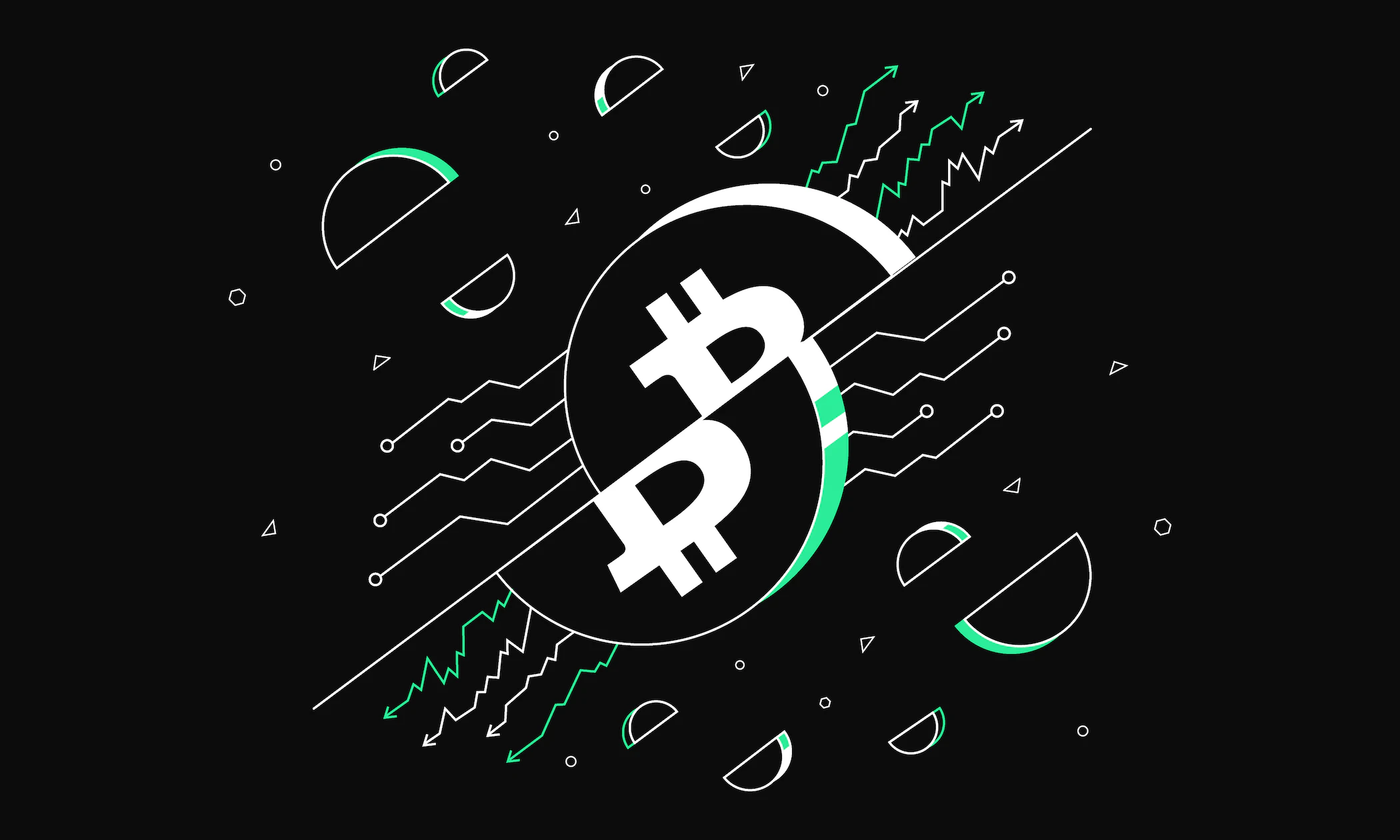Imagine a giant, gleaming gold bar, not just any bar, but the only one of its kind in the world. This bar represents the total amount of Bitcoin that will ever exist, capped at 21 million. Miners are like the skilled artisans, using their powerful computers to chip away at the bar, earning tiny pieces as a reward for their efforts. But here’s the catch: every four years, the bar gets cut in half! This might sound strange, but in the world of Bitcoin, it’s called a halving, and it’s a significant event with far-reaching consequences.
The Rationale Behind Halving the Gilded Bar:
Consider this analogy: if we continually divided the bar into ever-smaller segments, they would eventually become microscopic and nearly worthless. Halving the Bitcoin reward ensures scarcity, akin to the escalating value of a limited edition diamond over time. This scarcity also serves to manage inflation, averting the depreciation of existing Bitcoin fragments due to an excess supply.
But isn’t this detrimental to miners?
Not necessarily! Despite receiving fewer fragments per bar, the remaining pieces surge in value. It’s akin to earning more for each chip even though the chipping process is less extensive. This mechanism keeps miners motivated and upholds the security of the Bitcoin network.
So, how does this halving impact the Bitcoin price?
Historically, Bitcoin’s price has typically ascended following a halving. The heightened demand for the constrained supply transforms those precious Bitcoin fragments into assets more sought-after than a piping hot croissant! However, it’s imperative to recognize that Bitcoin is akin to an untamed stallion, and past performance doesn’t guarantee future outcomes. Don’t leap in expecting a foolproof get-rich-quick scheme!
Delving into the Objectives and Potential Gains of Halving:
Objectives:
- Inflation Control: By constricting the Bitcoin supply, halving safeguards its value, mirroring how governments regulate inflation by managing the money supply.
Potential Gains:
- Rising Price: Scarcity often spurs heightened demand and, consequently, a surge in price. Historically, Bitcoin’s price has soared post-halving, although this is not a certainty.
- Reinforced Network Security: With fewer miners reaping rewards, only the most efficient and dedicated persist. This fortifies the overall security of the Bitcoin network.
- Enhanced Market Confidence: Halving underscores Bitcoin’s long-term vision, demonstrating commitment to its restricted supply. This may allure more investors, fostering confidence in the cryptocurrency.
A Historical Timeline of Halvings Illustrating Impact:
- First Halving: November 2012 (reward reduced from 50 BTC to 25 BTC per block) – Bitcoin’s price soared from approximately $12 to $1,100 within a year.
- Second Halving: July 2016 (reward reduced from 25 BTC to 12.5 BTC per block) – Bitcoin’s price escalated from around $650 to nearly $20,000 within two years.
- Third Halving: May 2020 (reward reduced from 12.5 BTC to 6.25 BTC per block) – Bitcoin’s price surged from roughly $5,000 to over $68,000 within a year.
The upcoming halving is anticipated in April 2024. While foreseeing the future with certainty is implausible, comprehending the potential gains of halving empowers you with crucial insights as you navigate the captivating yet unpredictable realm of cryptocurrency.
Always bear in mind that meticulous research and a cautious approach are pivotal when entering any investment arena, including Bitcoin. By grasping fundamental concepts like halving and its conceivable impacts, you can make informed decisions and navigate the ever-evolving domain of digital assets with greater confidence.




